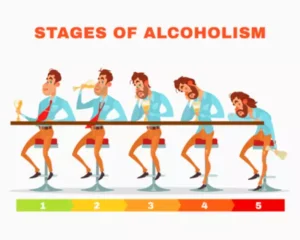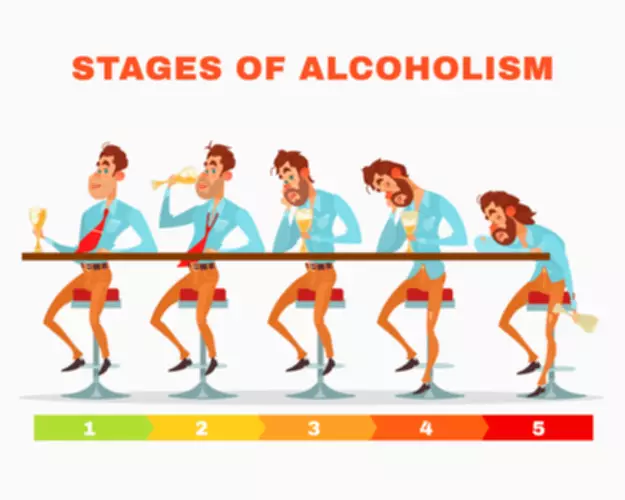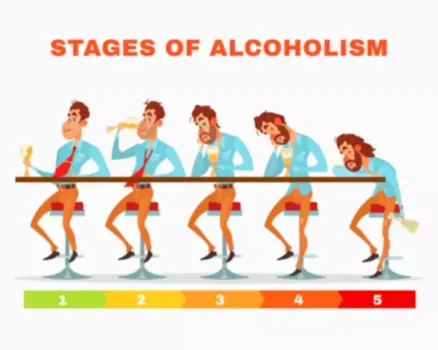
Cannabinoid Hyperemesis Syndrome, a very rare condition, often results from the chronic and heavy use of marijuana. The symptoms of CHS can be severe and include nausea, vomiting, and abdominal pain. A major sign of CHS includes cyclical episodes of nausea and vomiting. CHS can be difficult to diagnose because the symptoms are similar to other gastrointestinal disorders.
- Cannabis hyperemesis syndrome (CHS) is a form of functional gut-brain axis disorder characterized by bouts of episodic nausea and vomiting worsened by cannabis intake.
- There, the treatment was attempted with lorazepam; however, there was no relief.
- In this narrative review, we elaborate on the role of the ECS, its management, and the identification of gaps in our current knowledge of CHS to further enhance its understanding in the future.
- Despite the current acceptance of Nabilone as a treatment option for N/V in patients with CHS, there is a lack of data regarding the side effects of its prolonged use such as accumulation and toxicity, resulting in exacerbation of N/V rather than curing it.
Case Report
Awareness in the public and healthcare professionals about the risk of the development of CHS in prolonged cannabis users will help fill existing knowledge gaps. An intriguing point to keep in mind is that the Rome IV criteria include the phrase “resembling cyclical vomiting syndrome.” In that regard, it is important to distinguish between the two. Per the Nelson Textbook of Pediatrics, cyclic vomiting syndrome is defined by having sudden onset episodes of vomiting, having at least four bouts of vomiting per hour, and often having 12 to 15 episodes of vomiting per day. These episodes of vomiting are often separated by weeks or months, cannabinoid hyperemesis syndrome and there is a return to baseline between episodes.
- Adequate fluid resuscitation is crucial during the acute phase of CHS to avert complications and ensure physiological stability.
- In older patients, especially those with hypertension, cardiovascular illnesses such as aortic pathology and atypical coronary artery syndromes may present as vague abdominal pain, nausea, and vomiting.
- The Rome Foundation (Rome IV) has emerged as a beacon of clarity in the labyrinth of diagnosing Cannabinoid Hyperemesis Syndrome (CHS), categorizing it as a variant of cyclical vomiting syndrome under the umbrella of functional gut-brain disorders.
- Additional investigations on the second day of admission indicated decreased values for thyrotropin, ceruloplasmin, and total iron-binding capacity, and she was positive for hepatitis A antibody and had an indeterminate value for hepatitis B surface antibody (Table 1).
Sun Extractions Launches SUN and Space Ranger Cannabis Brands in Jersey

Furthermore, indications, contraindications, and drug-drug interaction should be kept in mind and risks versus benefits weighed in older adults with multiple comorbidities while considering the management options. In older populations, benzodiazepines should be used with caution in the management of CHS due to the potential risk of addiction, cognitive impairment, development of delirium, and falls 45. Haloperidol should also be used with caution in patients with dementia and Parkinson’s disease, as dopamine blockade can dramatically worsen symptoms causing extrapyramidal side effects and incapacitation 46. Furthermore, propranolol in patients with chronic obstructive pulmonary disease (COPD) and sinus bradycardia should be avoided, as it worsens bronchoconstriction and bradycardia 47.

How can I find support to moderate or control my cannabis use?
While I was moving my car, the staff took Brian to a room, which they directed me to on my return. When I arrived, there were three nurses and a doctor in the room already. Brian had an oxygen mask on, they were putting an IV in each arm, and they had already taken blood to send to the lab.
- The team gave Brian both Haldol and Phenergan, which helped his vomiting improve.
- A “trigger” is anything that may cause CHS symptoms to flare up or provoke an episode.
- Brian was also experiencing symptoms even after he had quit smoking, which caused us to doubt the diagnosis further.
- By sharing this case, we hope clinicians and patients can become more aware of this rare consequence of tetrahydrocannabinol use to facilitate more comprehensive patient-centered investigations.

This dehydration can lead to a type of kidney failure that experts refer to as cannabinoid hyperemesis acute renal failure, and in severe cases, it can even result in death. The reason why I know https://ecosoberhouse.com/ so much about this is that it happened to my son. Despite the scarcity of randomized controlled trials (RCTs) on optimal treatment approaches for CHS, a holistic care plan can significantly enhance patient outcomes and well-being.
List of CHS Trigger Foods

In the meantime, Brian began using marijuana again, and for several weeks, he did not have any symptoms at all. The diagnostic criteria for CHS were ill-defined prior to the establishment of the Rome IV criteria of 2016.2223 Per the Rome IV criteria, all 3 of the following must be met to be diagnosed with CHS. They must be present for at least the last three months and the beginning of symptoms must be at least 6 months prior to the diagnosis being made.
Cannabinoid Hyperemesis Syndrome Diagnosis

They agreed with the CHS diagnosis and ordered monitoring of his levels, which improved with the rehydration again. We had never heard of marijuana causing nausea or vomiting and were only familiar with its various health benefits, so we did not believe that CHS was what Brian had. The doctor said that the muscle contraction was due to an anxiety attack and that Brian was severely dehydrated. Another doctor asked Brian if he smoked marijuana, and he said that he did. Corroborative themes were identified, and the authors responsible for the contributing research were cited appropriately. All additional sources added to the literature search were referenced in the article.
